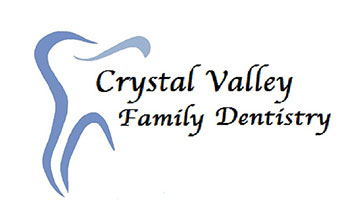
Good Oral Hygiene Starts at Home
In order to maintain a beautiful, healthy smile, putting in the work at home is extremely important. Brushing, flossing, and rinsing are among the most fundamental aspects of good oral hygiene. Utilizing other oral hygiene aids such as Interdental brushes, rubber tip stimulators, tongue cleaners, irrigation devices, fluoride, medicated rinses, etc. can also contribute hugely to the longevity of your oral health.
Brushing:
The ADA (American Dental Association) recommends brushing your teeth twice a day for at least two minutes with a soft-bristled brush. Be sure to use an appropriately sized brush for your mouth. You should be able to reach every area of the mouth easily.
Replace your toothbrush every 3 months or once the bristles are fraying. Once a toothbrush is worn out, it is much less effective at cleaning. You should also use ADA approved fluoride toothpaste.
- Brush your teeth with your brush at a 45° angle.
- Move your toothbrush back and forth in small strokes gently against all surfaces of your teeth.
- Tilt the brush vertically to brush the inner surfaces of your front teeth. Move the toothbrush in an up and down motion.
- Make sure to clean your tongue as well. If you do not have a tongue scraper, you can also use your toothbrush to scrub your tongue.
Flossing:
Flossing is important to remove food and bacteria from in-between the teeth and gums. Neglecting to floss correctly is one of the leading causes of cavities as it allows bacteria to erode the tooth over time.
- Start with about 18 inches of floss. Wrap the ends of the floss around both of your middle fingers and leave 1-2 inches of floss unwrapped.
- Grip to floss on either side with your index fingers and thumbs. Pull it tightly.
- Gently slide the floss back and forth between every tooth. Make sure to get beneath the gum to get out any lodged food and bacteria.
- Do not force the floss in and out from in-between teeth to avoid damaging your gums. Move the floss back and forth to enter and exit in-between teeth.
- As you move between teeth, adjust the floss to a clean section for every tooth.
Rinsing:
Rinsing your mouth with an antiseptic mouthwash can help kill bacteria and clean the parts of your mouth that your toothbrush can’t.
- Pour around 20 milliliters of antiseptic mouth wash into the cap of the bottle.
- Empty the cap into your mouth and swish for around for 30 seconds. Gargle the mouthwash to reach the back of your tongue and throat.
- After 30 seconds, spit the mouthwash into the sink.


